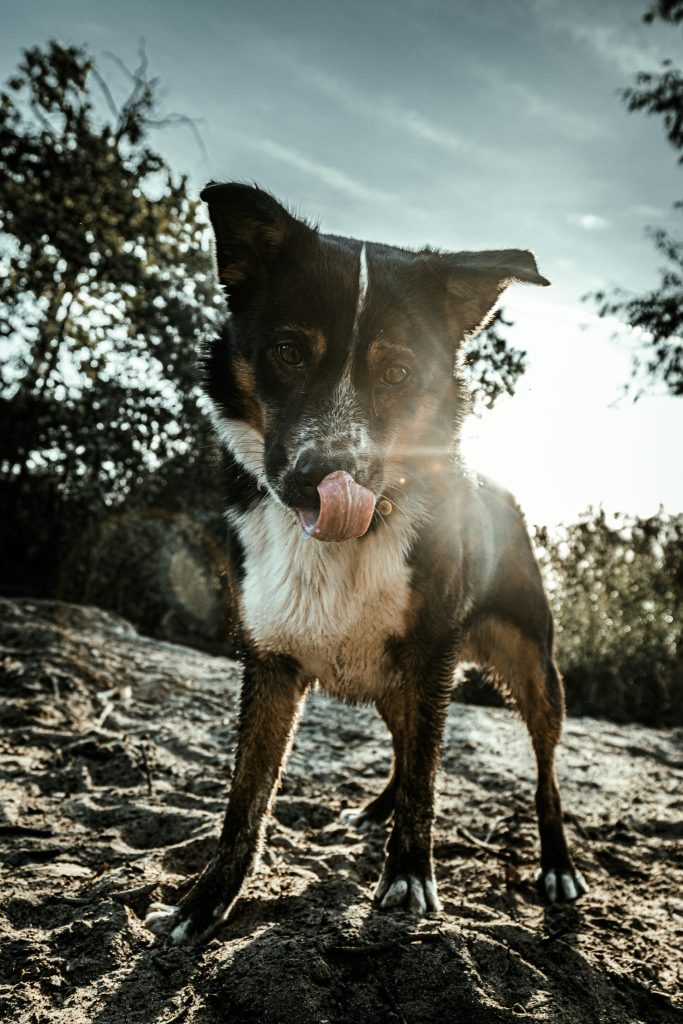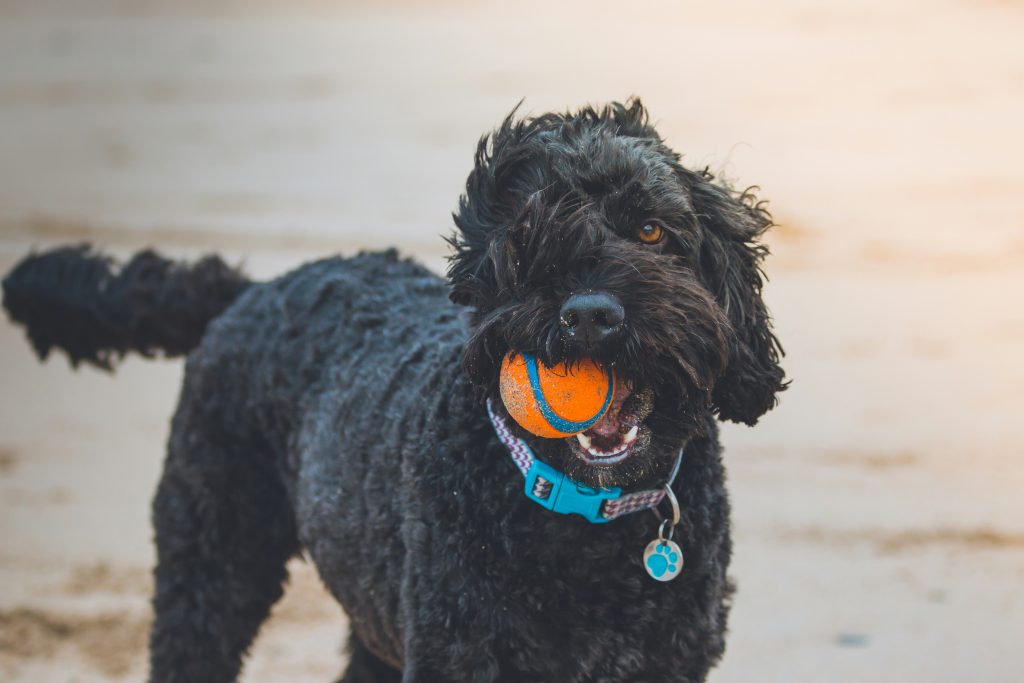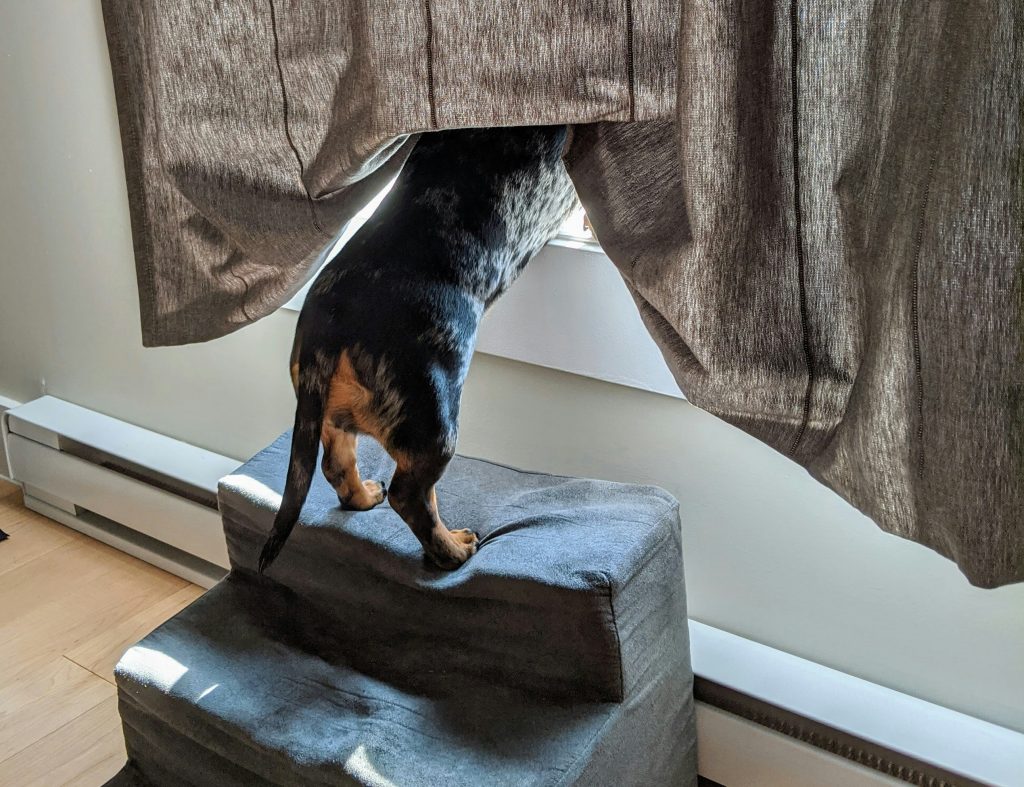Understanding and Managing Anal Gland Issues in Dogs
Understanding Anal Gland Issues in Dogs: Learn about the potential problems associated with anal glands in dogs, including common health issues, signs and symptoms, treatment options, and prevention tips.
What Are Anal Glands in Dogs?
Anal glands, also referred to as anal sacs, are essential anatomical features in dogs that play a significant role in their overall health. These small sacs are lined with specialized cells that produce a fluid secretion, which can vary in consistency and odor based on various factors such as the dog’s diet and health status. For instance, a healthy diet rich in fiber can contribute to firmer stools, aiding in the natural expression of the anal glands during defecation.
Moreover, the function of anal glands in dogs goes beyond merely secreting fluids. The scent produced by these glands serves as a way for dogs to communicate with each other and mark their territory. For example, when a dog sniffs another dog’s anal gland secretions, they can gather vital information about the other dog’s age, sex, and health status. This communication through scent plays a crucial role in canine social interactions.
What Are Anal Glands in Dogs?
Anal glands, also known as anal sacs, are small pockets located on either side of a dog’s anus. These glands play a vital role in a dog’s communication and marking behaviors through the secretion of a foul-smelling fluid. The fluid within anal glands is produced by specialized cells and can differ in consistency and odor depending on various factors, including the dog’s overall health and diet. For instance, dogs with gastrointestinal issues may experience changes in the secretion of their anal glands, which can contribute to potential problems.
In addition to their communication function, anal glands serve as a lubricant for the passage of stool during bowel movements. When dogs defecate, the pressure from the stool passing through the anal glands helps in the natural expression of these glands. However, certain factors such as soft stool consistency or obesity can interfere with this natural process, leading to anal gland impaction or infection. Therefore, understanding the anatomy and function of anal glands is crucial for dog owners to recognize and address any issues that may arise, ensuring the well-being of their furry companions.
Common Health Issues Related to Anal Glands in Dogs
Certain dog breeds, particularly small breeds like Chihuahuas and Miniature Poodles, are more prone to anal gland problems due to their size and anatomy. These breeds have smaller anal glands that are more likely to become blocked or infected, causing discomfort and potential health issues. Additionally, pedigree dogs, like Cocker Spaniels and Basset Hounds, are at higher risk of anal gland problems compared to mixed breeds.
Issues with anal glands can result in discomfort, pain, and even behavioral changes in dogs if left untreated. For example, dogs with anal gland problems may exhibit signs of pain by excessively licking or biting their back end in an attempt to relieve the discomfort caused by the issue. Moreover, anal gland problems can lead to behavioral changes such as restlessness, irritability, or a reluctance to sit down comfortably. It is crucial for dog owners to be vigilant and observant of any changes in their pet’s behavior that may indicate underlying anal gland issues.
Regular monitoring of anal gland health is crucial to detect problems early and prevent more serious complications. By being proactive and aware of the signs of anal gland issues, such as scooting, excessive licking, or a foul odor, dog owners can seek timely veterinary intervention to address the problem before it escalates. Veterinarians play a vital role in managing anal gland issues in dogs by providing guidance on preventive measures, treatment options, and regular expression of anal glands when necessary to maintain the overall health and well-being of the pet.
Signs and Symptoms of Anal Gland Issues
Dogs experiencing anal gland problems may exhibit signs such as excessive licking or biting of their back end in an attempt to relieve discomfort. This behavior can be alarming to dog owners and is often a clear indicator that the dog is experiencing anal gland issues. For example, if you notice your dog constantly licking or biting near their tail area, it could be a sign that their anal glands are causing them discomfort and they are trying to alleviate it themselves.
Additionally, foul-smelling discharge or the presence of blood in a dog’s feces can indicate issues with the anal glands that require attention. The foul odor is a result of the fluid inside the anal glands, and any noticeable change in smell could signify a problem. Moreover, if you observe blood in your dog’s stool, it could be a sign of inflammation or infection in the anal glands, which should prompt a visit to the veterinarian for further evaluation and treatment.
Changes in a dog’s posture while defecating, such as scooting or straining, can also be red flags for potential anal gland problems. For instance, if your dog seems to be dragging their bottom along the floor or ground, known as scooting, it may indicate that their anal glands are full or impacted. Similarly, if your dog appears to be having difficulty passing stool and strains excessively during bowel movements, it could suggest issues with their anal glands that need to be addressed promptly. Monitoring these symptoms and seeking veterinary care when necessary is crucial for maintaining your dog’s anal gland health and overall well-being.
Treatment Options for Anal Gland Problems
When dealing with anal gland problems in dogs, veterinarians have several treatment options at their disposal to alleviate discomfort and promote healing. Manual expression is a widely used method where the vet manually squeezes the glands to release the built-up fluid. This procedure helps relieve impaction and prevent further complications that may arise from untreated anal gland issues. For instance, a dog experiencing anal gland impaction may show signs of discomfort, such as scooting or biting at their back end.
In cases where anal gland problems are accompanied by infections, antibiotics can be prescribed to tackle the underlying bacterial issues and aid in recovery. These medications are essential in resolving the infection and preventing it from spreading to surrounding tissues, which could lead to more severe complications if left untreated. For example, a dog with an abscess in the anal glands may require a course of antibiotics to clear the infection and promote healing of the affected area.
In more severe instances or recurring cases of anal gland problems, surgical intervention might be recommended to address the root cause of the issue. Surgery can help resolve chronic problems that do not respond well to other treatment methods and prevent future episodes of anal gland distress. For instance, a dog with persistent anal gland abscesses may benefit from surgical removal of the affected glands to prevent further infections and discomfort.
Prevention and Maintenance Tips for Anal Gland Health
Preventing anal gland issues in dogs goes beyond just treating the symptoms; it involves proactive measures that can be integrated into their daily care routine. For instance, providing a diet rich in fiber, such as adding pumpkin or certain vegetables, can aid in promoting healthy bowel movements and support the proper function of anal glands. Additionally, regular exercise plays a vital role in maintaining overall digestive health, indirectly contributing to the healthy function of anal glands.
Furthermore, being proactive about your dog’s anal gland health can help in early detection and prevention of potential issues. Regular discussions with your veterinarian during routine check-ups can provide valuable insights and guidance on maintaining your pet’s anal gland health. By staying vigilant and addressing any concerns promptly, you can ensure that your furry friend’s anal glands remain healthy and free from complications, enhancing their overall well-being and comfort.



